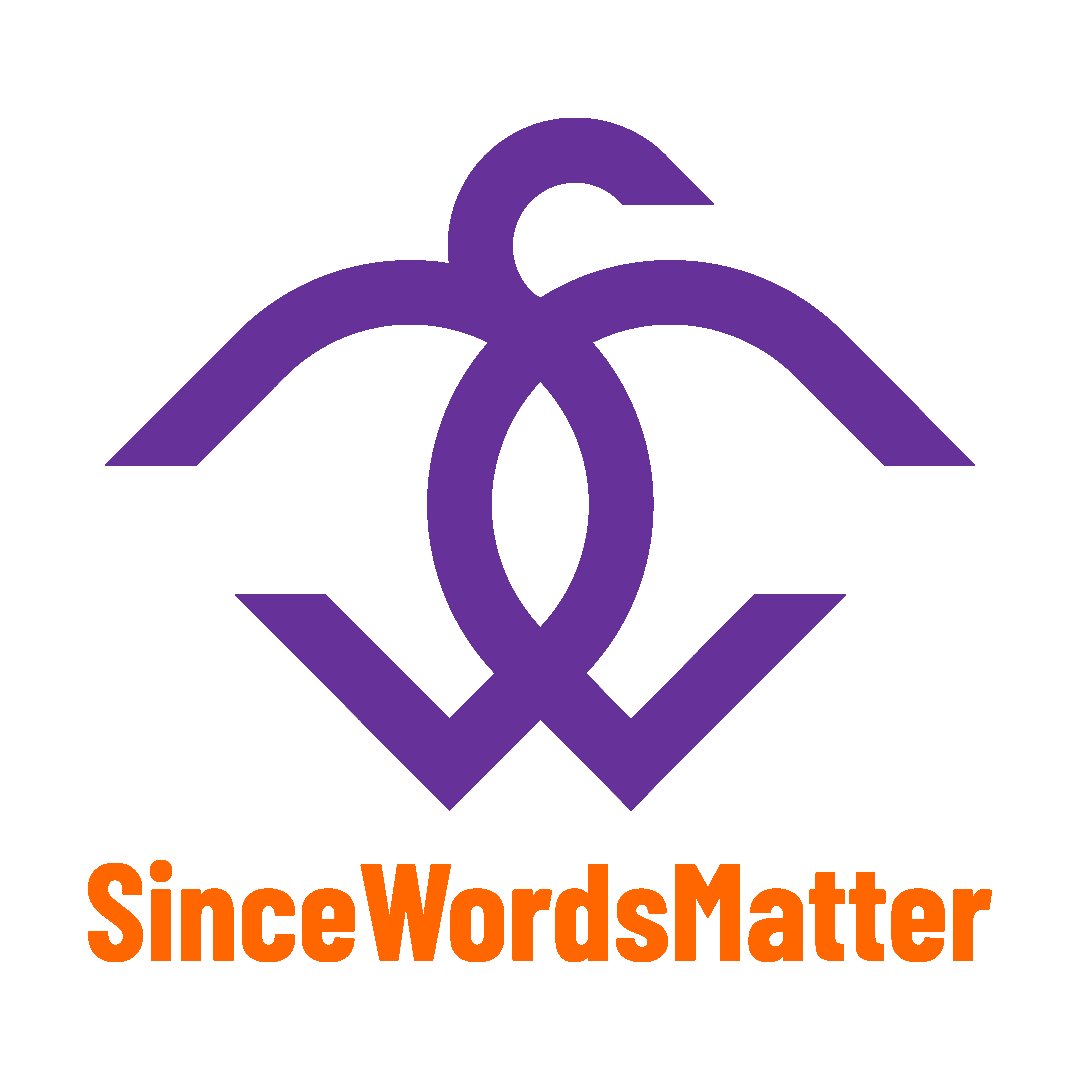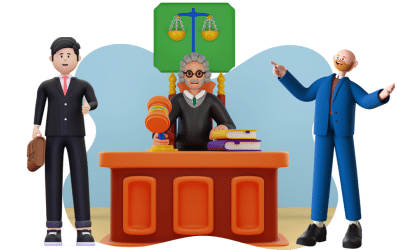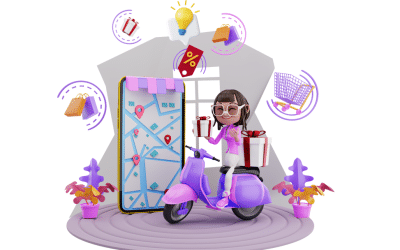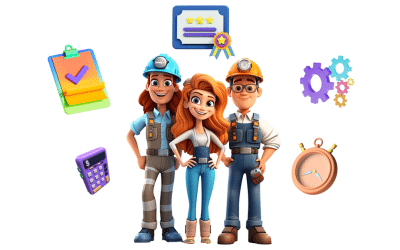Last Update on:

Numerous different translation firms and an infinite number of individual translators exist. There are upsides and downsides to this. The primary benefit is that you are not obligated to stick with a previously unsatisfying one. The drawback is that settling on a single option that meets all your needs and delivers good translation solutions is more challenging.
Fortunately, some indicators can help determine whether your current translation solutions provider delivers high-quality results. This post will assist you in gaining a better understanding of these capabilities.
Both the translation service and the translated text must be of high quality for the translation to be considered successful. It is worth noting that the translation services provider can be an agency or a freelance translator with whom you work directly.
Characteristics of a good translation solutions provider
A good translation service should, in general, be reliable. Hiring professional translators is the only way to ensure a high-quality translation, regardless of the language used.
Your translators are preferred to be native speakers of the target language. So, suppose you have a text written in English and need it translated into Arabic. In that case, it’s best to work with a native Arab proficient in English and with experience translating between the two languages.
On-time delivery is another hallmark. You don’t want to delay or start over on an entire project because the translator didn’t deliver the translation on time or is ignoring your emails and phone calls.
Characteristics of a good translated text
When reading a quality translation, the target audience should be unable to tell that the text has been translated unless the literal word-for-word approach has been utilized. This characteristic is sometimes referred to as “authenticity.”
Another aspect to consider is the accuracy of your translated material. Accuracy in translation means that the intended meaning of the original text (source text) is maintained in the final product (the target text). Note that accuracy is about the message, not the words. For example, marketing translation alters words and even ideas and concepts to deliver the same meaning as the source material accurately.
There should be no words, phrases, or sentences lost in translation. It’s worth noting that localization allows for a complete overhaul of any aspect of work while maintaining the same overall meaning and emotional impact in the target culture. However, you can request that your translator or translation service hold tight to specific details that are important to you.
Another feature of a well-done translation is clarity. By “clarity,” we imply that the intended readers will have no trouble following along with and grasping the subject matter presented in the text. The intended audiences determine the level of clarity. A medical professional, for instance, will have no trouble understanding a translation of a medical document, but an engineer may not grasp a word of it.
Whether the translation is of a literary work or a catchy advertising slogan, the new version must flow naturally and sound appealing to readers in the target language.
Consistency is another critical aspect of a good translation. The tone, style, and even keywords that appear throughout the text must be maintained in the translation. If a term can be spelled in more than one way, the translation must stick to utilizing only one of those ways. An exception to this rule is when the original author consciously avoided employing one or more of the abovementioned characteristics, in which case the translation should follow suit.
The choice of acronyms also requires careful consideration. A single acronym can stand for more than one phrase. With the help of contextual cues and other references, a competent translator can select the appropriate abbreviation for the target culture (or, if necessary, use the same acronym from the source text in the target text).
A successful translation takes into account cultural differences as well. There are two parts to cultural considerations. First, foreign traditions and customs unfamiliar to the target audience should be either translated with a similar equivalent in the target culture or described by the translator’s note. Even in literary works, where the names and their meanings are integral to the reader’s understanding of the text, they must be adapted accurately for the target culture. Second, the translated material must not be offensive to the intended audience.
The natural translation should naturally adhere to the grammatical structures of the target language. To give just one example, German naturally uses several relative or subordinate clauses, unlike English.
Generally, a translation that meets these criteria will be considered a good translation. However, depending on who your audience is and what you’ll be doing with the final product, you may need to consider specific additional details carefully. For instance, if you need a translation to advertise your product in a new culture, the translator should take into account your branding style guides and the demographics of your intended audience.

Is this your first time looking for a language services provider?
Are you unhappy with the current translation agency you’re using?
Give us the opportunity to assist you.
The translation solutions provided by the SinceWordsMatter network of translators exhibit all of the qualities mentioned above and more.






